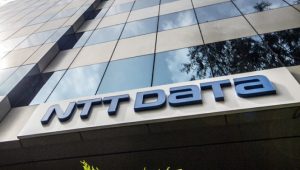The Technology Modernization Fund, created in 2017 by the Modernizing Government Technology Act, has evolved from its first iteration to become more accessible for agencies in need of a comprehensive IT update. With new parameters that include provisions for prioritized pecking order and looser repayment options, more agencies will be viable candidates for scoring a portion of the TMF’s $1 billion bankroll.
Each agency’s braintrust, when presenting project proposals, will have increased wiggle room when determining the reimbursement timetable best suited to the organization. The Office of Management and Budget, working closely with the General Services Administration, has slackened a previous specification that required approved projects to generate enough savings to constitute full repayment to the TMF. Those selecting projects on the Technology Modernization Board pointed out that making the TMF whole while keeping to a predetermined schedule had severely limited the diversity of chosen proposals in past years.
These adjustments allow agencies extra latitude in tailoring proposals to their specific IT portfolios. Gordon Bitko, Senior Vice President for Policy at the IT Industry Council, said, “I think we will see agencies that are well positioned because they have modernization plans that are already in flight and this is an opportunity to tweak or accelerate it.” He added, “We will also see others who haven’t really been as effective in thinking about modernization may be starting from scratch to get proposals to the TMF board.”
The repayment models break down into three categories: full, partial, and minimal. Full reimbursement of funds is expected for single-agency investments with direct cost savings. Partial repayment pertains to positive-impact projects that align with basic TMF guidelines, with anywhere from 25% to 75% of funds recouped. Finally, minimal repayment will be limited to urgent agency modernization needs and special situations exacerbated by COVID-19 or ransomware attacks. The TMF board will fast track investments for high-priority systems, cybersecurity, public-facing digital services, and cross-government collaboration services.
The OMB’s guidelines indicate that priority consideration will be given to agencies that met a June 2nd proposal deadline. The TMF board nonetheless expects to review other proposals on a circumstantial basis until funding is depleted. The Biden administration is optimistic that Congress will tap an additional $500 million for the fiscal year 2022, in light of the American Rescue Plan Act successfully allocating the current billion-dollar cache. The GSA expects around $800 million to carry over until then. Based on this, the TMF may only pay out to the tune of $200 million in the next four months.

























